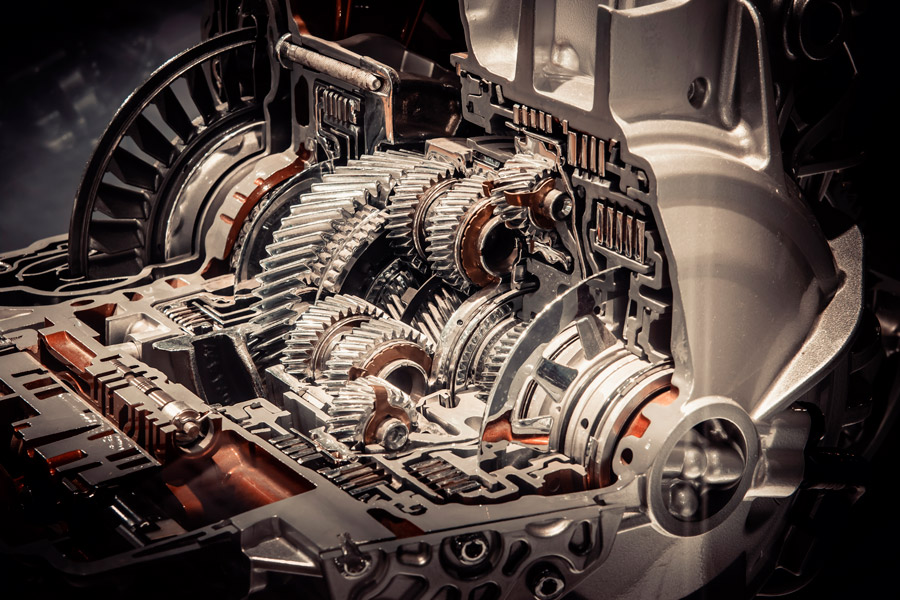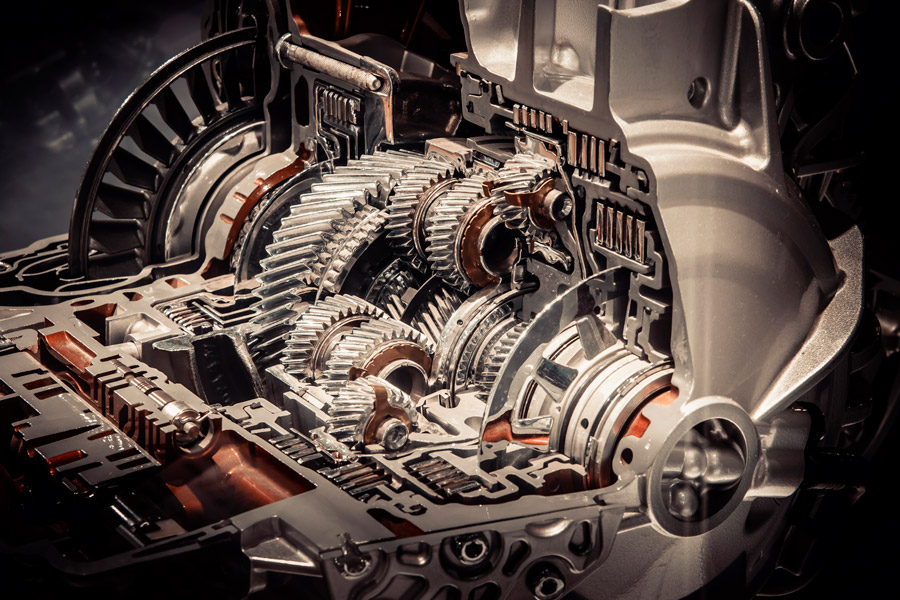How does heat affect magnets?
Magnets are used in many different fields, such as manufacturing, in the automotive industry, in security systems and electronic devices, in everyday life and even planet Earth itself is a gigantic magnet, but how does heat affect magnets? It is an answer that we will get in this article.
To
understand how heat affects magnets, it is necessary to look at the atomic structure
of the elements that make up the magnet. Temperature affects magnetism by
either strengthening or weakening the attractive strength of a magnet. A magnet
subjected to heat experiences a reduction in its magnetic field as the
particles inside the magnet move at an increasingly faster and more sporadic
speed.
Heat affects the magnets because it
confuses and misaligns the magnetic domains, causing magnetism to decrease. On
the contrary, when the same magnet is exposed to low temperatures, its magnetic
property improves and strength increases.
In addition to the resistance of the
magnet, the ease with which it can be demagnetized also varies with
temperature. Like the strength of the magnet, heat affects the magnets in terms
of resistance to demagnetization, which generally decreases with increasing
temperature. The only exception are ceramic (ferrite) magnets, which are easier
to demagnetize at low temperature and more difficult to demagnetize at high
temperature.
Different magnetic materials react differently
with temperature. Alnico magnets have the best resistance stability, followed
by SmCo, NdFeB and then ceramic. NdFeB magnets have the highest resistance to
demagnetization (coercitivity), but experience the greatest change with
temperature. Alnico magnets have the lowest resistance to demagnetization, but
the smallest change achieved with temperature. Alnico has the highest operating
temperature followed by SmCo, ceramic and then NdFeB.
But not everyone is aware of how a magnet
affects its maximum usable temperature. This is especially important for NdFeB
magnets, because they have the greatest change in resistance to demagnetization
with temperature. As the length of the magnetized shaft increases, so does its
resistance to demagnetization.
A
verifiable experiment
It's a fact that heat affects magnets, a fact that makes them permeable. For example, the effect of temperature on neodymium magnets is one of the most interesting phenomena to observe and evaluate. Indeed, there is an experiment with magnets, which specifically explores how they react when exposed to extreme heat.
In principle, it is an experiment not
suitable for children and, in addition, it must be carried out with the maximum
safety measures and it will bring us as a result how heat affects the magnets.
For this, we will need the following elements:
Heat affects the magnets in two simple
steps. The first of them is a test of ambient temperature and for it the paper
clips must be poured in a plastic container, to then submerge one of the
magnets of bar of neodymium in the container of clips and to remove it,
registering the collected number. The paper clips are then removed from the
magnet and set aside.
When doing so with hot water, gloves and
goggles should be worn. Heat about one-third of the cup of water in a small
saucepan until it reaches 85°C or 100°C. At boiling point, the water should be
near or within this temperature range and the thermometer is used to verify
that the grade is appropriate.
Using the plastic clips, gently place the
neodymium magnet in the water and leave it there for about 15 minutes. The
magnet is then removed with the plastic clips and placed in the container with
clips. Once there, you will see how many clips are collected.
The result will be obvious. The heated
magnet will not lift the clips or, in any case, it will lift very few,
depending on the temperature and the moment at which it was heated, which makes
it evident that the heat directly affects the magnets.











